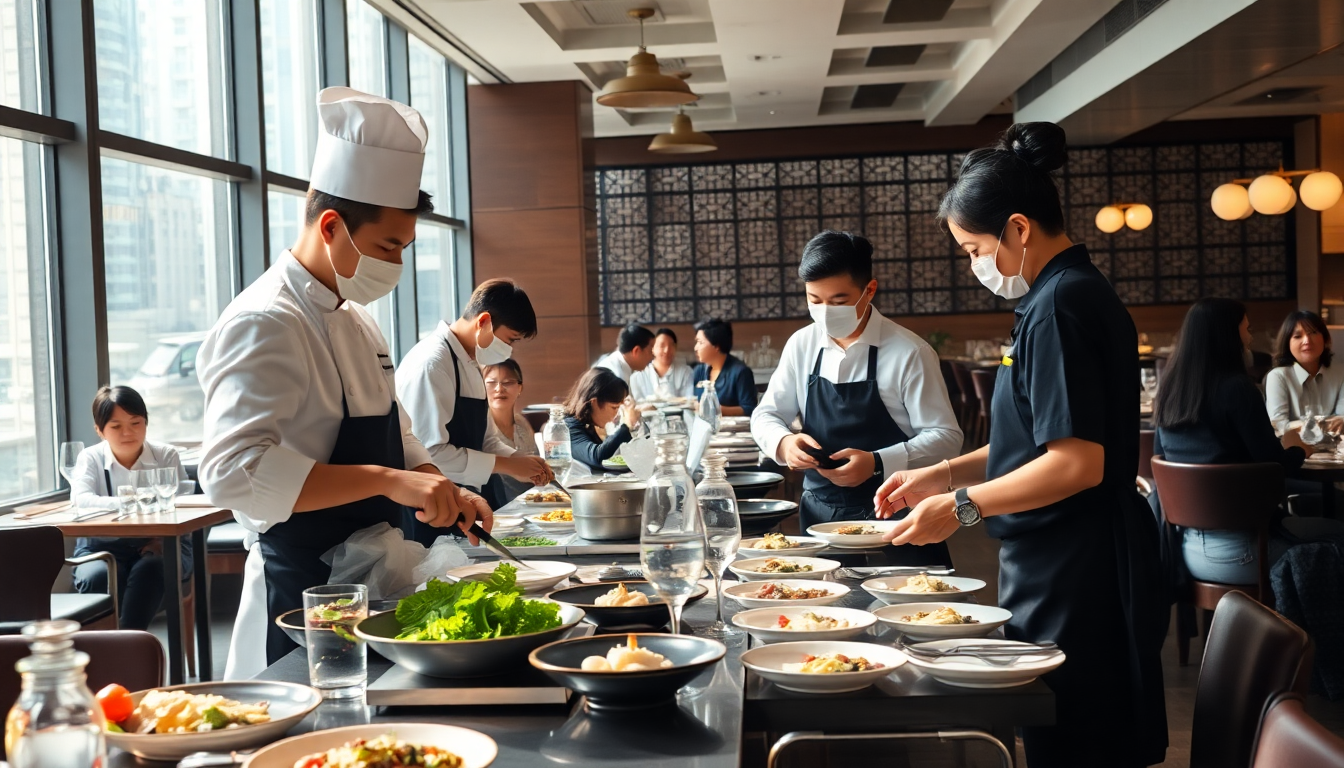Table of Contents
The restaurant industry in Hong Kong is navigating some truly challenging waters right now. With numerous eateries shutting their doors and unemployment rates climbing, there’s a palpable sense of worry in the air. In response, industry leaders are rallying around the labor importation scheme, championing it as a vital lifeline. They argue that this initiative not only elevates service standards but also injects essential new talent into the workforce, rather than simply displacing local employees. Despite criticisms around the potential for cheap labor exploitation, these advocates point out that the costs of hiring imported workers often exceed those of local hires. Isn’t it interesting how complex these conversations about labor really are?
The Current Landscape of Hong Kong’s Restaurant Industry
Hong Kong’s dining scene has taken quite a hit, largely due to shifts in consumer behavior and a chronic manpower shortage—issues that have been worsened by the pandemic’s ongoing impact. The city has seen a wave of restaurant closures, leaving many workers anxious about their job security. Legislator Tommy Cheung Yu-yan, who represents the catering sector, expressed that quicker access to imported labor could have helped avert some of these closures. This insight really underscores how critical adequate staffing is to maintaining—and even improving—service and food quality, which, let’s face it, has lagged behind that of peers in the Greater Bay Area.
Data indicates that last year’s expansion of the supplementary labor scheme, which now encompasses 26 roles from waiters to junior chefs, is a strategic attempt to tackle these persistent staff shortages. By allowing for the importation of key personnel, this initiative aims to lift the industry at a crucial moment. But how can we ensure that this measure truly meets the needs of the community?
Defending the Labor Importation Scheme
Industry representatives have stepped up to defend the labor importation scheme against allegations that it merely serves as a way to hire cheaper labor. They contend that the overall costs tied to bringing in foreign workers—including accommodation and medical expenses—can actually surpass those of employing locals. This viewpoint sheds light on a common misconception about the scheme’s intent: it’s not about sidelining local workers, but rather addressing a significant demand for skilled staff. Have you ever considered how vital trained personnel are for maintaining quality service?
Moreover, the reputation of the restaurant industry significantly hinges on having well-trained and readily available staff. As the market evolves and competition from the Greater Bay Area intensifies, having a robust labor force becomes even more crucial. Importing labor is viewed as an essential step toward revitalizing an industry that has faced tremendous hurdles in recent years.
Future Outlook and Key Considerations
As we look to the future, Hong Kong’s restaurant industry stands at a crossroads. Adapting to changing consumer preferences and enhancing service quality will be pivotal. Importing labor is just one facet of the broader strategy; it needs to be paired with smart management and innovative practices to ensure long-term sustainability. So, how can the industry seize this moment, not just to recover but to genuinely thrive in a post-pandemic world?
As the sector continues to evolve, maintaining an open dialogue among all stakeholders will be crucial. Grasping the dynamics of labor importation and its implications for local workers and the economy will play a key role in shaping policies that nurture a resilient and competitive restaurant scene. What are your thoughts on the steps needed to create a brighter future for Hong Kong’s dining establishments?


